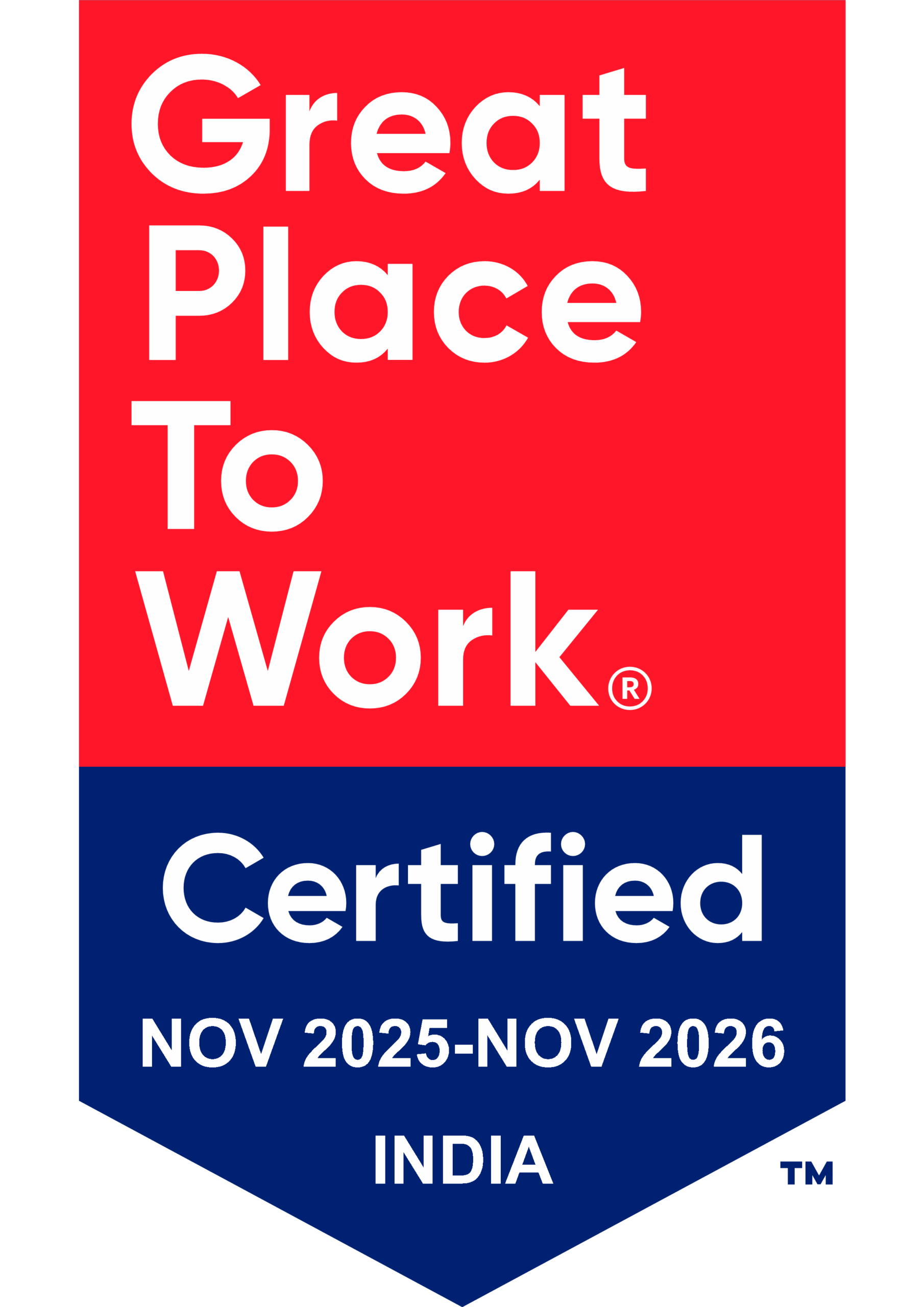You might wonder if working capital loans are similar to traditional term loans. Term loans are long-term loans that provide funding for specific business investments, with a repayment term of at least a year. However, working capital loans offer a quicker and easier process compared to dealing with banks, as they are offered by private business lenders. The qualification requirements are not as strict, and private lenders can provide more customised options. Under the umbrella of working capital loans, there are several financing options available.
Let’s explore a few of them:
Short-Term Business Loans
These loans are designed for short-term expenses. You receive a lump sum of cash and repay it, similar to a regular loan. However, short-term business loans can be obtained more quickly, and the repayment period is usually within two years. Payments are made on a weekly basis rather than monthly due to the shorter timeframe.
Merchant Cash Advance
A merchant cash advance (MCA) can provide quick access to capital. Technically, it is not a loan but rather an advance. With an MCA, a business lender advances funds based on your business’s future credit and debit card revenues. You repay the advance by a prearranged daily percentage of your business’s card sales. Essentially, you receive an upfront cash sum in exchange for a percentage of your future sales. Fortunately, MCAs are one of the easiest and quickest financing options to obtain.
Accounts Receivable Financing
Accounts receivable financing allows businesses to receive early payment on their outstanding invoices, providing quick cash flow. By transferring unpaid invoices to a funding company, businesses can receive immediate payment in return for a fee. Accounts receivable financing, also known as invoice financing, is an excellent solution for businesses that need additional funding beyond what traditional lenders offer. It provides flexible and immediate cash, which can be used for growth, restructuring, taking advantage of supplier discounts, hiring additional employees, or funding payroll.
Business Line of Credit
A business line of credit is a type of business financing that provides a revolving credit line. It allows businesses to access funds as needed for short-term working capital, improving cash flow, or covering unexpected expenses. The primary characteristic of a line of credit is its revolving nature. Unlike a term loan, subsequent draws on a line of credit are restricted only by the approved credit limit, without requiring pay downs. It operates similarly to a credit card, but the repayment structure may differ. Rather than repaying a specific amount over a defined term, a line of credit allows businesses to borrow only the needed amount at any given time. This type of funding helps manage cash flow fluctuations, especially when waiting for receivables to be collected.
There are multiple types of small business line of credit available. Generally, they are categorised as either secured or unsecured. A secured line of credit requires collateral, which could be inventory, equipment, real estate, or another valuable asset that justifies the credit limit. On the other hand, an unsecured line of credit, which is more popular, doesn’t require any assets to be pledged. Instead, it is based on the cash flow, debt ratio and credit history of the business owners and the business itself.
The flexibility of a line of credit is appealing, but it may not always be the best choice. One disadvantage is the funding amount, which is typically lower compared to a small business loan. Working capital loans or term loans may be more suitable for a business owner who needs a large sum of money.
In summary, both business line of credit and working capital loans provide quick and effective solutions for cash flow gaps, emergency expenses and daily costs. Within the working capital loan category, there are various financing options available, and there are also different variations of business line of credit. Each option has its advantages and disadvantages, so it’s important to conduct thorough research and choose what is most appropriate for your financing needs.




